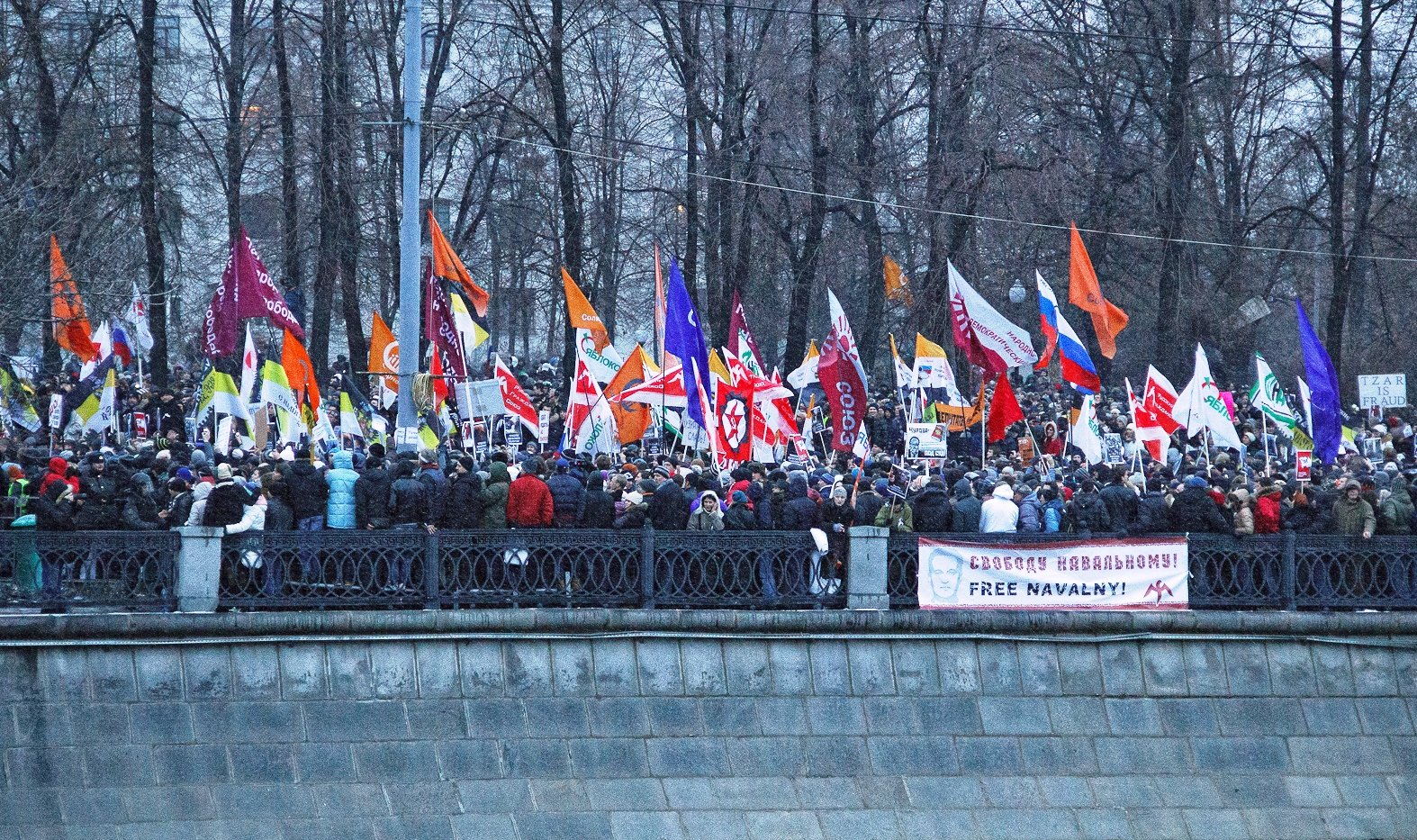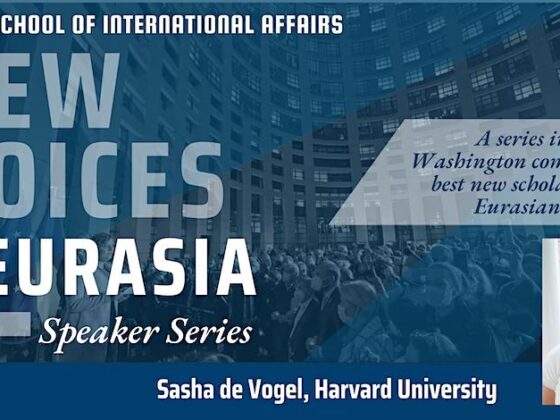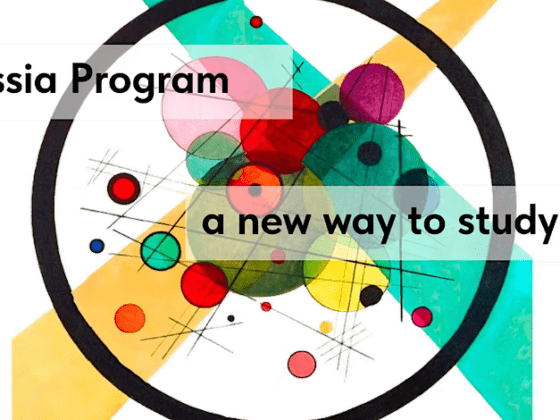Some of the most dramatic conclusions to an authoritarian regime have come when mass protests arise against a rigged election. Images of banner-waving crowds in the thousands often capture international headlines, and when sustained popular mobilization precedes the fall of a dictator, it appears as though rigged elections can create moments of grave danger for non-democratic incumbents. This view is also prominent in academic research on the subject, especially in the formal modeling tradition, where it is often assumed that the risk of mass protest is the central deterrent to government-manipulated elections. U.S. foreign policy has worked in keeping with this model by investing hundreds of millions of dollars per year in foreign civil society groups, partly in hopes of improving electoral integrity and the odds of democratization.
This focus on protest risk is, unfortunately, empirically misguided. While gripping, protest waves like Ukraine’s Orange Revolution in 2003 or the Belarusian uprising of 2020 are rare, and sustained democratization is rarer still. Beyond these anecdotes, a comprehensive examination of the post-Cold War historical record shows that the severity of electoral manipulation has no correlation with the number of subsequent protests. Moreover, democracy-promotion investments can backfire, creating an incentive for non-democratic governments to more tightly regulate civil society, and to stigmatize more liberal groups (as, for example, with Russia’s foreign agent laws). More effective ways to improve election integrity involve breaking the links between incumbent politicians and front-line election manipulators. One particularly effective way to do this is to incentivize non-democratic governments to improve the de jure independence of their courts, which can improve electoral integrity in the most authoritarian settings.
The Failure of Protest-Driven Models of Democratization
It is a commonplace assumption in much academic work that the risk of protest limits authoritarian leaders’ ability to manipulate elections. In many prominent theories, this is because election fraud is presumed to signal weakness. A popular incumbent would not need to resort to such tricks to win elections; only weak incumbents need rely on fraud. As a result, this argument goes, when opposition groups perceive more severe election manipulation, they are more likely to lead their supporters into the streets. Fearful of this outcome, then, non-democratic governments engage in less manipulation. The stronger the opposition or the more autonomous civil society, the better to launch a mass protest event and the more cautious the incumbents are likely to be. Consequently, this model implies that efforts to improve the capacity of civil society groups to mount protest should make elections fairer and democratic transitions more likely. While it is not the stated purpose of the U.S. government to foment anti-government protests in non-democracies, U.S. foreign aid policy has followed the logic of this argument by allocating roughly $500 million per year to investments in foreign civil society groups under the umbrella of its democracy promotion activities.
Unfortunately, this logic does not appear to operate regularly in practice: according to historical data, electoral protests are relatively rare. Though election manipulation is widespread, a 2009 study found only three “successful” cases of post-election democratic breakthroughs, while a 2013 study found that worse electoral misconduct is associated with a lower likelihood of democratization rather than higher. My own more recent work, drawing from multiple datasets, shows that, out of 647 elections in non-democracies between 1990 and 2012, only 143 experienced any post-election protest at all.[1]
In this project, I investigate whether electoral malfeasance is associated with the number of post-election protests. Most previous studies have treated post-election protest as a binary event—it either occurred, or it did not. But could it be that election manipulation makes protest more widespread or long-lasting? Such a pattern would help salvage the deterrent theory of election manipulation. This expectation, too, is unsupported by the data. Institutional constraints on the ruling party—for example, a more active opposition group in the legislature—are associated with a larger number of protests. The severity of electoral manipulation, however, appears to have no relationship with the number of protest events that occur after an election. This result indicates that, at best, the conventional wisdom substantially overstates the risk of protest as a deterrent to election manipulation.
Why Protest Fails to Deter Rigged Elections
Why is it that post-election protest is rare, while election manipulation is common in non-democracies? The most important flaw in the protest-focused model, as recent research has shown, is that election manipulation can, in fact, be a signal of government strength. After all, while genuine popularity can be a real source of political strength, the ability to coerce or incentivize people into voting for your party can be another. Manipulating elections at a large scale requires financial resources, organizational capacity, and elite unity—all factors which a ruling party could put to use when facing mass protest. In my own work, a co-author and I show that election manipulation that relies on voter mobilization (such as vote-buying) is, in fact, associated with reduced protest risk. In other words, under some circumstances, election manipulation may reduce the risk of protest by demonstrating a capable, deep-pocketed ruling party.
Broad empirical patterns support these theoretical critiques of the protest-centric model. My analysis of data from the Mass Mobilization and Electoral Contention and Violence datasets shows that the large majority of elections in non-democracies go unprotested. Of the minority of elections where protest did occur, most were limited–in a third of cases, there was only one protest event. Two key facts emerge from this research. First, it is true that a rigged election makes the initiation of protest more likely, but only in extreme circumstances: in highly fraudulent elections when the incumbent’s margin of victory is small. However, and most importantly, election manipulation shows no relationship with the overall number of protests that occur after the election.
Taken as a whole, these results show that post-election protest is rare in response to election manipulation and that when it does occur, it is generally easily contained by governments. In effect, protesters take a gamble; a poor electoral showing in a biased election means the regime is weak, and this gamble often fails. The events that loom large in the conventional wisdom, like the Orange Revolution or Georgia’s Rose Revolution, do so in part because they are so rare. Instead, most post-electoral protest movements are quickly dispersed. Researchers and policymakers should not anticipate that more robust civil society groups would make successful anti-manipulation protests more likely.
Instead, the factors that make large-scale protest more likely in non-democracies tend to be institutional features that divide elites—an idea that is well-founded in earlier research in the post-Soviet area. For example, a legislature that includes large, active opposition parties (not simply the faux opposition parties frequently found in non-democracies) is associated with more numerous protests. Genuine opposition parties may be able to draw their supporters into the streets, but they also create an opportunity for defection by wavering ruling-party politicians or major supporters. In turn, such elite defections can make protests look more viable, creating a virtuous cycle from the protesters’ perspective.
The historic mass uprising in Belarus in 2020 helps illustrate these patterns. Hundreds of thousands took to the streets in a sustained, widespread protest movement after a rigged election in which incumbent President Lukashenka claimed over 80 percent of the vote. At first glance, this would seem to be a confirmation of the protest model of election manipulation: the incumbent tampered too much, and got burned. Yet Lukashenka claimed as much or more of the electorate in the elections of 2015, 2010, and 2006 (and a comparatively measly 77 percent in 2001), and none of these elections sparked mass protests. What distinguished 2020 from those previous elections was not the scale of fraud but other underlying challenges for the regime: the development of local social media networks around the country, economic stagnation, a frustrated middle class, and perhaps most importantly, resource constraints, a failed policy response to the covid-19 pandemic, and an opposition that had united around a single candidate.
What To Do Instead?
If protest risk cannot be counted on to improve election integrity in non-democracies, what can? Much of my research investigates how so-called “principal-agent problems” arise in election manipulation efforts. Principal-agent problems can occur when one individual—the principal—hires an agent to perform a task. When the principal and the agent have different preferences about the outcome of the task, and the agent has more information than the principal, the agent may be able to work in such a way that his or her preferences are achieved at the principal’s expense. To take an everyday example, consider an uninformed car owner who hires a mechanic to repair their car. The owner’s preferences are to have their car correctly repaired for a low price, while the mechanic’s incentive is to charge the owner as much as possible. An unscrupulous mechanic could take advantage of the principal’s lack of knowledge of automotive repair to inflate the bill and charge for work that is unneeded or never even performed.
The same kind of problem can occur in election-manipulation efforts. Politicians—the principals—do not rig elections themselves; they rely on thousands of agents to carry out those tasks. But those low-level agents do not benefit directly from each bundle of ballots they stuff in the urn or each results protocol they falsify. Instead, they benefit from the rewards they receive if their patrons win office, and are harmed if they are exposed to legal consequences or public scrutiny if their illegal actions are uncovered. Because election rigging is often covert, principals cannot always be sure their agents are actually delivering the desired amount of inflated support. Altogether, this means that election-manipulating agents have an incentive to shirk: to exert minimal effort on behalf of their patrons, avoid exposure, and still claim rewards if their party wins. This is a drain on the principal’s resources and can lead to cleaner, more competitive elections.
My work on judicial reforms in non-democracies shows that when courts become more independent, they can reduce election manipulation; this effect appears most strongly in the most authoritarian settings. More independent courts create incentives for election monitors and political parties to challenge incidents of manipulation before the courts, increasing the legal peril for front-line agents. This makes shirking more likely, improving election quality broadly. Foreign assistance and democracy promotion efforts can help foster this kind of effect by encouraging non-democratic governments to adopt judicial reforms and to permit international and domestic election monitoring.
Reforms to the judicial system, like those that limit the ability of the executive to unilaterally appoint or remove judges, are an especially appealing tool for improving election integrity because non-democratic governments already have multiple incentives to adopt them. Even authoritarian governments tolerate a degree of judicial independence in order to encourage economic investment, reduce petty corruption, and foster a sense of legitimacy. Foreign governments can use their economic leverage to further the appeal of such reforms. This approach has often been pursued by the European Union through its European Neighborhood Policy, which grants economic privileges to neighboring states in exchange for political reforms. The U.S. government might also emphasize these kinds of reforms when crafting trade, development, and democracy assistance policy.
Conclusion
Promoting democratization abroad is a significant tenet of U.S. foreign policy, such that hundreds of millions of dollars are spent each year to bolster foreign civil society groups. In part, this is related to the contention that a more active civil society will increase the risk of post-election protest, and thus proactively reduce the degree of election manipulation committed by non-democratic governments. Recent research finds that election manipulation has little relationship to protest; policymakers should not rely on the risk of protest to enforce good behavior by governments.
Instead, U.S. foreign policy should work to sharpen the divides between political leaders who wish to manipulate elections, and the front-line individuals who are asked to carry out those duties. In particular, by promoting judicial independence in non-democracies, U.S. policy could improve election integrity by increasing the risk that front-line agents will face exposure and penalties for their efforts. This does not mean, of course, that the United States should eliminate its grants to foreign civil society groups wholesale—there are other sound reasons for investing in such groups. However, policymakers should be clear-eyed that such investments are unlikely to pay off in the form of cleaner contests at election time.
[1] The work is under peer review; contact the author for information.
Cole J. Harvey is Assistant Professor in the Department of Political Science at Oklahoma State University.











